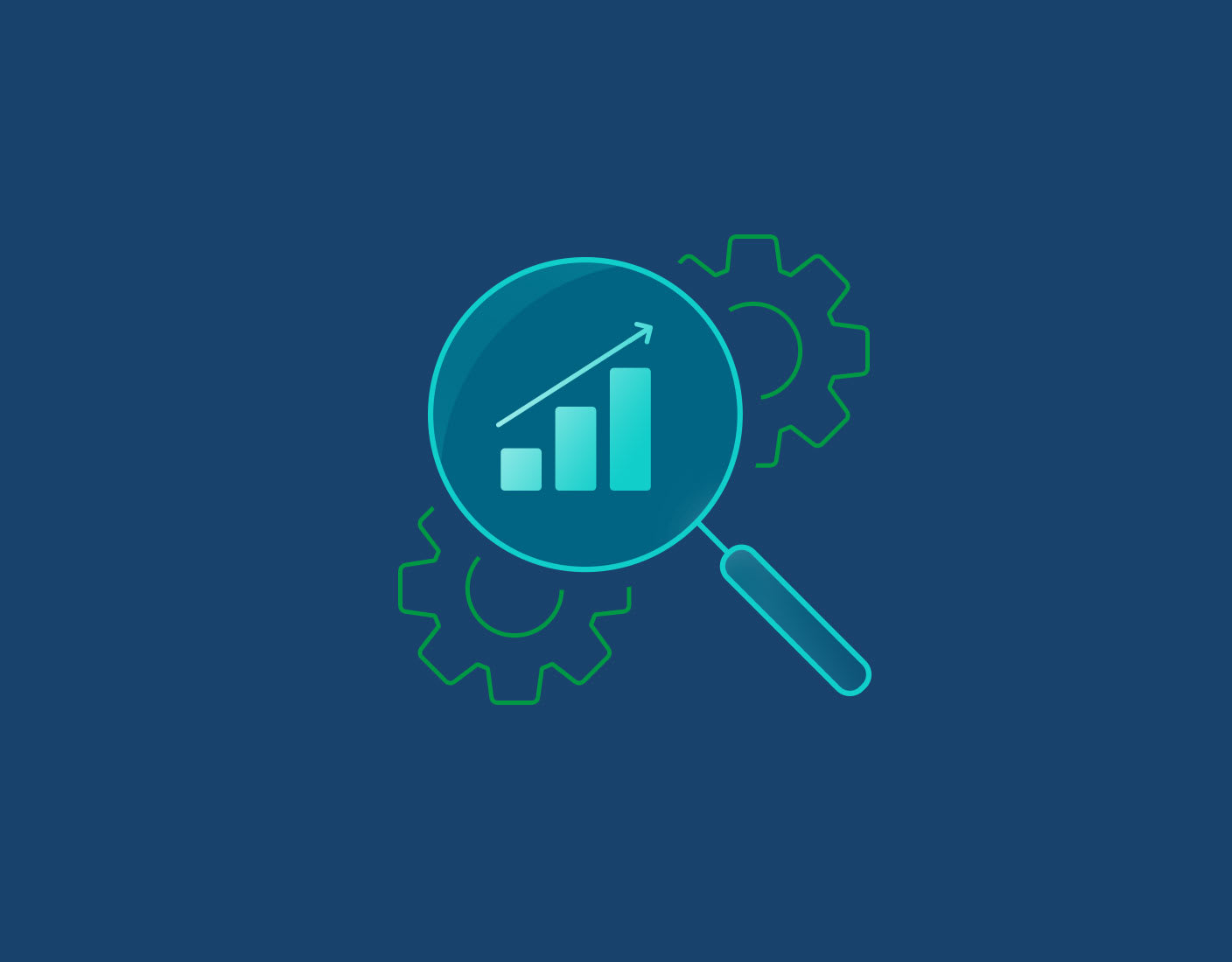When choosing a data ingest framework, the choice often comes down to Kafka vs. Kinesis. While similar in many respects, there are some key differences that can sway an organization’s decision one way or the other.
The first consideration in evaluating Kafka vs. Kinesis is implementation. Apache Kafka is an open source, distributed pub sub messaging solution that requires an organization to install and manage clusters, and to maintain the application for durability, availability and failure recovery. Amazon Kinesis, on the other hand, is a managed platform that doesn’t require IT teams to implement, manage or monitor its technology.
Another angle on Kafka vs. Kinesis is the cost. Because Kafka requires an IT team to plan and handle storage capabilities, compute resources, capacity planning, Kafka topic management and so on, the in-house costs are inevitably higher. As a managed solution, the cost of running Kinesis tends to be lower, though in some cases Kafka may be more cost-effective in the long run.
When it comes to data storage in Kafka vs. Kinesis, Kafka has the edge: Kinesis stores messages for 24 hours, which can be increased to seven days maximum by changing the configuration. Kafka on the other hand can store as much data as the business requires and as budgets permit.
Kafka also takes the prize in Kafka vs. Kinesis for flexibility, as it can be installed as an on-premises solution or in the cloud, while Kinesis is only available as a fully managed cloud service on Amazon Web Services.















































